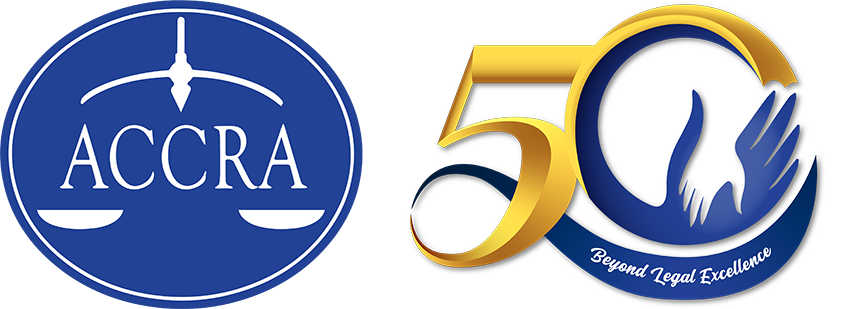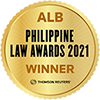As early as 2022, the Bangko Sentral ng Pilipinas (“BSP”) disclosed that with the continued surge of Unit Investment Trust Funds (“UITFs”) in terms of both volume and number of participants, they are set on establishing a common framework across the trust industry on benchmark selection.
On August 9, 2023, the BSP signed Circular No. 1178 to provide guidelines on the use of benchmarks in presenting the returns of UITFs. Trust entities are given one year from the effectivity of the Circular to conduct a review of the benchmarks of all their existing funds to determine the propriety and validity of their benchmarks in accordance with the guidelines. Should there be misalignments and inconsistencies, they are required to make appropriate changes to their policies, processes, procedures and Key Information and investment Disclosure Statement (“KIIDS”).
Selection of Benchmarks for UITFs
A benchmark is normally a market index or collection of different securities with similar risk-return profile against which the performance of a UITF is compared. Benchmarks allow UITF participants to fairly assess whether a fund is overperforming or underperforming vis-à-vis a relevant market index or a portfolio with a comparable return-risk profile. Thus, the trustee’s presentation of fund performance must be based on the principles of fair representation and full disclosure.
The trustee must include in its policies and procedures the (1) process for the selection and approval of a benchmark; and (2) the process for the periodic review of the continuing appropriateness of the chosen benchmark and the criteria for changing the benchmark. In the event that the benchmark becomes unavailable or is fundamentally changed (i.e., there has been a change that would result in a significantly different benchmark value), the trustee must also present a contingency plan to mitigate the changes.
A valid benchmark for a UITF must (a) have a clearly defined objective; (b) appropriately reflect the market sector it aims to represent; (c) be comprised of sufficiently diversified financial instruments that are liquid; (d) be objectively and consistently calculated; (e) be a total return benchmark (i.e., includes the realized and unrealized gains and losses plus income during the period); and (f) reflect returns that are net of taxes.
In cases where the appropriate benchmark for UITF does not indicate the total return benchmark and the net return, the trustee must disclose the same in the KIIDS.
During the benchmark selection and approval process, the trustee must also ensure that the underlying securities of the benchmarks are identifiable and priced in accordance with the BSP guidelines or international financial reporting standards on the valuation of assets. In addition, they must ascertain that the chosen benchmark reflects the investment mandate, objective, or strategy of the UITF and possesses the characteristics of a valid benchmark. In cases where there are misalignments between the risk-return profile and/or characteristics of the UITF and those of the benchmark, the choice of the benchmark in view of the misalignments must be reasonably justified and duly approved by the trustee’s board of directors.
Benchmark by a related party
The trustee may also use a benchmark managed or administered by its related party (e.g., subsidiaries and affiliates) provided that the trustee is able to ascertain that there are effective arrangements in place to manage conflicts of interest. These include controls to ensure that neither party exerts influence over the activities of the other party. The trustee must likewise determine that the benchmark administrator has an effective governance structure and adequate policies and procedures to manage existing and potential conflicts of interest.
At the minimum, these policies and procedures must cover (a) robust governance arrangements, including a clear organizational structure with well-defined, transparent, and consistent roles and responsibilities; (b) sound internal controls, including procedures to ensure the integrity and reliability of employees determining the benchmark; (c) adequate policies and procedures on conflicts of interest that are subject to regular review and updating; and (d) proper disclosure of all existing and potential conflicts of interest to the users of the benchmark.
The trustee must also conduct a periodic assessment of the continued effectiveness of the established arrangements. Finally, the trustee must make available upon request of the BSP, the documents used by the trustee to verify the compliance of the benchmark administrator with the guidelines.
Minimum disclosure requirements
KIIDS provides UITF participants with significant information and disclosures to facilitate better understanding and comparison of UITFs offered by trust entities. It must contain the key features of the UITF, the fund performance against a benchmark, and the fund’s prospective and outstanding investments. It must use plain language presented in a concise manner and must be updated and made available to participants at least every calendar quarter and made publicly available not later than 45 calendar days from the reference period.
In presenting the fund performance against a benchmark, the following minimum information must be disclosed in the KIIDS: (a) the description and key characteristics of the benchmark, and its use relative to the fund’s objective or investment strategy (e.g., whether the fund aims to track the performance of the benchmark or to outperform the same); (b) for a customized benchmark (i.e. a benchmark created by the trustee via the combination of multiple benchmarks), the description of each component benchmark and its corresponding weight as well as the rebalancing frequency, if any; (c) if the benchmark is managed or administered by a related party of the trustee, how the trustee and the benchmark manager or administrator manage existing and potential conflicts of interest; (d) if there are misalignments between the risk-return profile and/or characteristics of the UITF and those of the benchmark, the reason/s for and the extent of the misalignments; and (e) if there has been a change in the benchmark, the date the benchmark was changed, as well as the description and reason for the change in the benchmark. These details and the illustrative presentation of performance against the old and new benchmarks must be disclosed in the KIIDS for a minimum of one year from the date of adoption of the new benchmark.
In sum, the KIIDS must give a fair and balanced view of the investments and the UITF’s returns. The trustee must ensure that no material information is omitted from the participants. This way, investors are properly guided to make informed investment decisions based on their individual needs and goals.
This article is for general information and educational purposes only and not offered as legal advice or opinion.
Gillian Ruth A. Grancho is an associate of the Angara Abello Concepcion Regala & Cruz Law Offices (ACCRALAW), Davao Branch.
[email protected]
(6382) 224-0996




